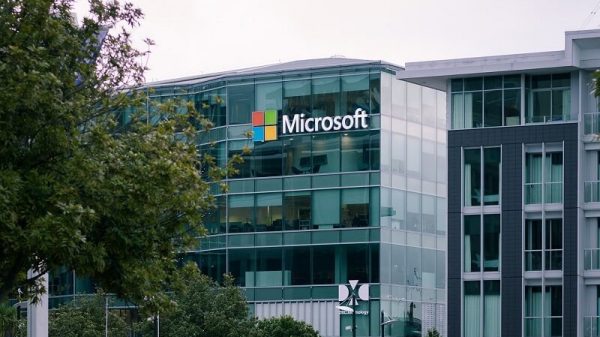Update: Another ISP exec just called and mentioned surprise at the wording of the order, saying that they don't understand how ISPs can be expected to determine which sites have child pornography videos. Earlier: India's Department of Telecommunications (DoT) has forwarded a letter written to it by the Department of Electronics and Information Technology (Deity) to Internet Service Providers, which may or may not result in the removal of a block on porn sites in India. An ISP representative, on condition of anonymity, told MediaNama that the letter states that: "The intermediaries are free not to disable any of the 857 URLs which do not have child pornography." What exactly does this mean? 1. Instead of canceling the order, the government appears to have passed the buck on to the ISPs: if child porn is found on any of the unblocked sites in the list, the ISPs will be held liable for the content under Section 79(3)(b). Now, how exactly are the ISPs expected to determine whether any of the 857 sites have child pornography or not? Can they be expected to watch each and every video, and determine whether someone in the porn video is above or below the age of 18? This is exactly the problem with the way Section 79 (3)(b) of the IT Act was drafted: it delegates the decision making from the judiciary to the ISP, when the ISP has no incentive to allow something to remain unblocked, and in fact, runs the risk of litigation…



























